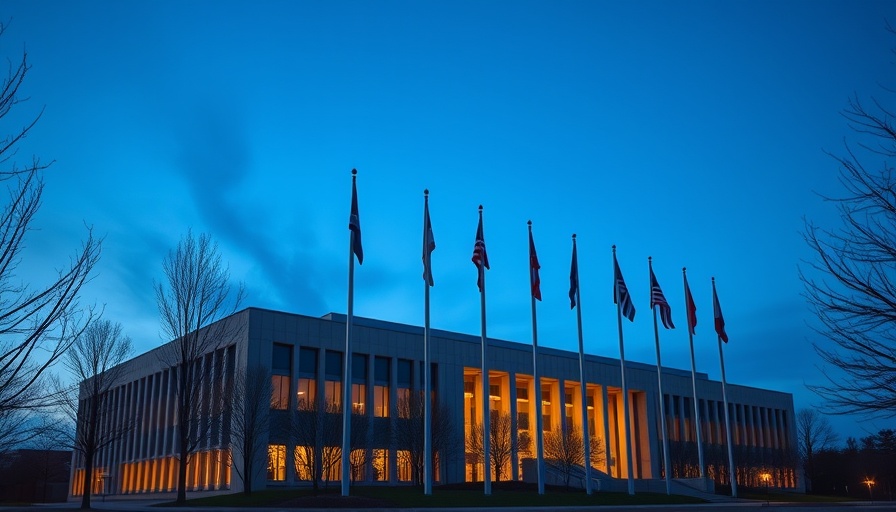
Understanding the Living Dead Phenomenon at Social Security
The Social Security Administration (SSA) recently uncovered a strange phenomenon where living beneficiaries are mistakenly declared dead, affecting their access to crucial benefits. This peculiar issue has been linked to systemic problems within the SSA, particularly an outdated technology infrastructure and a rushed effort to modernize the organization following significant policy shifts under the previous administration. For many beneficiaries, this isn't just an inconvenience—it's a catastrophic disruption of their lives.
The Importance of Accurate Records
At its core, the SSA is responsible for managing financial support for millions, including seniors, orphans, and individuals with disabilities. Accurate record-keeping is essential since many institutions rely on Social Security numbers (SSNs) for essential business operations. When an individual’s status gets wrongly changed to 'deceased,' their bank accounts can be frozen, insurance claims can fail, and their entire economic lives can be negatively impacted.
A Breakdown of Communication and Technology
File discrepancies at the SSA stem from a combination of inadequate training, outdated procedures, and hasty implementations of technological solutions. Reports indicate that many employees have been overwhelmed with misinformation regarding how to handle these cases. As Rennie Glasgow, a long-time SSA employee, noted, employees have to “resurrect” living beneficiaries with no precedents in the existing system, exacerbating delays and chaos.
Impacts on Society and Individuals
The implications of this mismanagement extend beyond individual inconveniences. One poignant case involved Lisa Seda, who has been tirelessly working to rectify the turmoil affecting her niece's disability claims. Such situations illustrate how errors reshape not only personal lives but also ripple across societal structures, adding strain to healthcare systems and financial institutions.
The Backlash Against System Overhauls
There is an increasing consensus among advocates, lawmakers, and those directly affected that current efforts to modernize SSA operations may need reevaluation. While it is essential to root out fraudulent activity, adhering to inconsistent tactics that undermine the agency's fundamental mission—timely support for the vulnerable—proves detrimental. Current employees echo this sentiment, suggestively asking why preventative measures weren't prioritized before implementing massive system changes.
Institutional Responsibility and Reform Needs
It’s vital for the SSA to reflect on how such significant errors can occur without adequate oversight or accountability. Ongoing reviews and reforms must focus on building a robust system that prevents similar oversights in the future. Addressing these procedures could balance the need for security against the imperative of efficiency, ensuring that the SSA serves its core mission without fail.
Transforming the Future of the Social Security Administration
As technology advances at a breakneck pace, the SSA must enact a more thorough and dedicated approach to how it handles records and beneficiary services. A shift toward implementing automated systems that rely on machine learning and AI could help streamline processes, ensuring reliability and integrity in beneficiary data—thus making 'living dead' cases a thing of the past.
As we contemplate the future of Social Security, every stakeholder—from policymakers to those directly impacted—must advocate for changes that not only enhance efficiency but also uphold the dignity of every beneficiary it serves. Proactive measures could ensure that living individuals retain their rightful access to benefits and avoid the distress of being erased from record-keeping.
 Add Row
Add Row  Add
Add 




 Add Row
Add Row  Add
Add 

Write A Comment